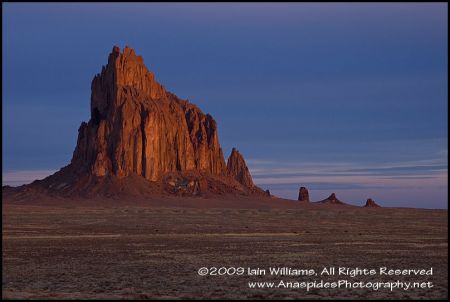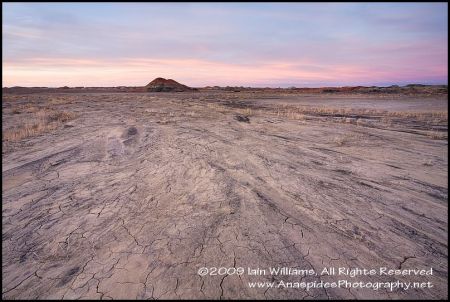Dennys Restaurant, New Mexico
 Friday, February 27, 2009 at 3:05PM
Friday, February 27, 2009 at 3:05PM OK it isn't really a restaurant, but I was receiving continual harassment from Rebecca to visit this so called American institution which began sometime in the early 1950's. The Dennys I visited was located in an 1950 Art Deco style diner, similar to the diner known from the TV series "Happy Days". The interior of the restaurant had been renovated in a 1950 theme and 1950/60 music was played from a jukebox in the corner. There were even red stools lining the bar area and one of the waitresses sported a 1950 hairstyle - yikes!
I was "told" to order the Grand Slam which consisted of scrambled eggs, crispy hash browns, 2 pancakes, coffee, and grits. Grits are a southern food made from sifing corn! All I can say is that they are "real tasty-like & ya oll af to come back for moore". (Jane - you will need to find this recipe).
 1930's,
1930's,  Art Deco,
Art Deco,  Dennys Restaurant,
Dennys Restaurant,  New Mexico in
New Mexico in  United States of America
United States of America 






